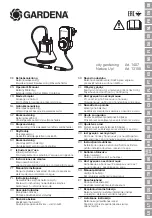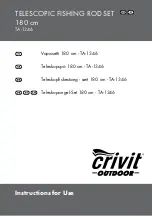
USER MANUAL - DUAL ZONE AUDIO MEDIA PLAYER EQUIPMENT ACT553 - ACT553/DAB+
480305-3.0
11/12/2019
Page 14 / 33
©
ACTIA “Any reproduction of this document, even partial, is strictly forbidden without written authorisation”.
POL. IND. “LOS OLIVOS”
C/ CALIDAD, 66
28906 GETAFE
Tel: +34 91 665 26 26
Fax: +34 91 665 23 24
N.I.F. ES-A-28905065
Figure 7
– FM Reception
These can result in certain listening conditions, which might lead you to believe a problem exists with your
radio. The following conditions are normal and do not indicate radio trouble:
▪
Fading
– As the vehicle moves away from the radio station, the signal will weaken and sound will
begin to fade. When this occurs, it is suggested that you select another stronger station.
▪
Flutter/Static
– Weak FM signals or large obstructions between the transmitter and the radio can
disturb the signal causing static or fluttering noises to occur. Reducing the treble level may lessen
this effect until the disturbance clears.
▪
Station Swapping
– As a FM signal weakens, another more powerful signal near the same
frequency may begin to play. This is because the radio is designed to lock onto the clearest
signal. If this occurs, select another station with a stronger signal.
▪
Multi-Path Cancellation
– Radio signals being received from several directions can cause
distortion or fluttering. This can be caused by a direct and a reflected signal from the same station
or by signals from two stations with close frequencies. If this occurs, select another station until
the condition has passed.
Figure 8
– FM Reception Conditions
The radio allows managing the above described unfavourable situations by means of different strategies
intended to minimize cases of poor reception:
▪
In the case of the FM signal, the RDS function retunes to
alternative frequencies (AF)
allowing
the above situations to be managed automatically by selecting alternative frequencies for the
same station to minimize cases of poor reception.
















































